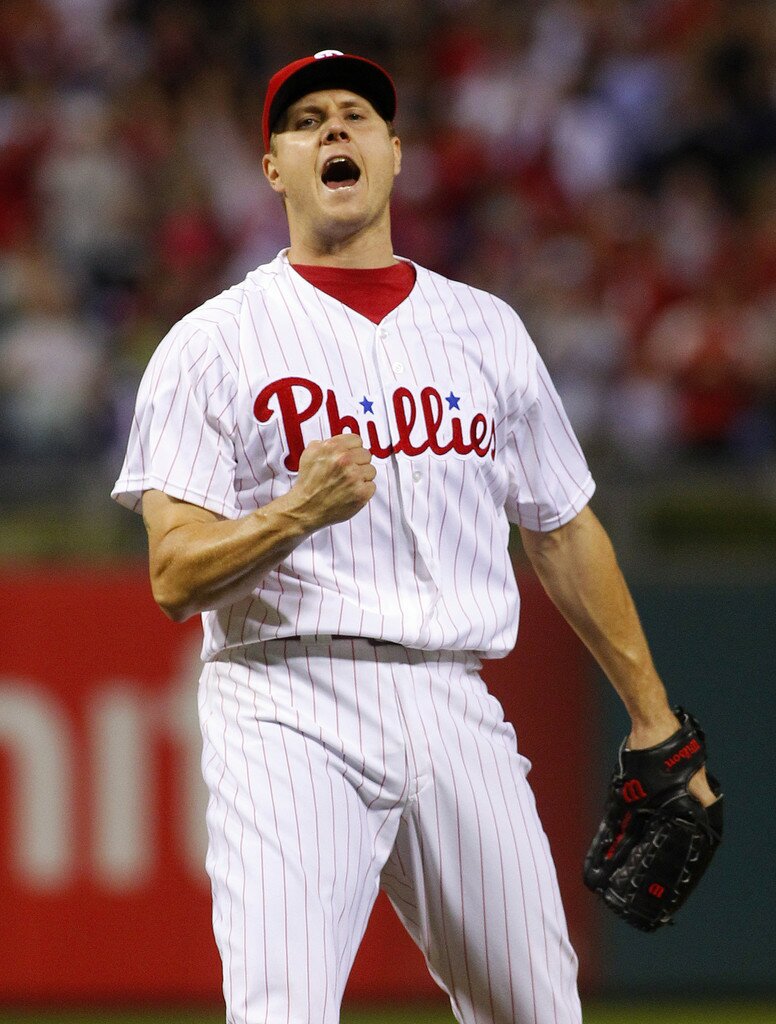Peter Gammons: Mariano Stands Alone
 Bill Chuck - Managing Editor |
Bill Chuck - Managing Editor |  Thursday, July 18, 2013 at 7:37AM
Thursday, July 18, 2013 at 7:37AM
The lasting memory of the 2013 All-Star Festival will forever be Mariano Rivera standing alone and its reasoning...his peers respected the fact that, indeed, he has stood alone for nearly two decades, and in that time he has stood for dignity and civility that may be unprecedented.
Few in any field have ever been amongst the best of their peers, and yet stood alone because of their achievements and character, and everyone understands that.
Oh, it was New York, but it was not about the Mets and the Yankees; Mariano is above all that.
When he was a free agent after the 2010 season and was dancing with the Yankees, then-Red Sox general manager Theo Epstein reached out to Rivera’s agent Fern Cusa and made a three-year offer for $45M. Cusa and Mariano talked it over and realized it could leverage the Yankees, but Rivera asked for Epstein’s number, called him, thanked him and respectively declined.
“As much as I respected the Red Sox and what they were trying to do for me,” Rivera said the next spring, “it wouldn’t be right to pitch in another uniform.”
He did not use it for negotiating purposes. He did what he knew was right, because he is Mariano Rivera, and he stands alone.
The Biogenesis Ripple Effect
So while Rivera stood alone from the rest of the four-day festivities and a large chunk of the news cycles involved the Biogenesis investigation, its leaks and reports and potential suspensions, all of which enabled the free-flow of the words “scandal” and “garbage” and “cesspool” and so forth. Which, in turn, overshadowed the story that shone out from the shadow of the Rivera Monument.
In this post-testing era, when the leaders of the Players Association openly admit that the vast majority of the union they represent strongly want a clean game and are allowing MLB to at least proceed in their prosecution of those involved with the Miami lab, as long as there is due process. Players and lawyers understand that the clouds hovering above the game are the residue of the Steroid Era.
Chris Davis arrived at Citi Field with astonishing numbers, yet there were those who under the anonymous bedsheet of the blogosphere who questioned whether or not he’s another performance enhancing drugs product. Just ask Jose Bautista. He knows how what happened a decade ago has allowed some to spraypaint his wall of achievements.
Davis is a guy who in 2007-2008 in Double- and Triple-A hit 61 homers in 206 games, in his first 80 games with the Texas Rangers hit 17 homers and posted an .880 OPS. Of course, he went through an adjustment to the adjustment American League pitchers made on him, but when he got to Camden Yards and was rewarded for his left centerfield power, and learned his strike zone the way David Ortiz learned his strike zone when he got to Fenway Park, saw his career take off.
“The shame of the steroids era is that a Chris Davis has to suffer from it,” says Buck Showalter.
Exactly.
The All-Star Festival was a Celebration of Youth
The story of the All-Star Festival was not about the good old days, but the youth.
Tuesday night there was Matt Harvey, Jose Fernandez, Chris Sale, the great Clayton Kershaw, Craig Kimbrel. OMG stuff, all.
In the field there was Mike Trout, 21-years old, second in the game in Wins Above Replacement. And 20-year old Manny Machado. And Bryce Harper, who is seven weeks older that Johnny Manziel, whose Wednesday morning press conference at the S.E.C. media day dominated ESPN.
On Monday night, Harper and Yoenis Cespedes put on a stupendous Home Run Derby Show, outgunning established great players like Prince Fielder, David Ortiz, Miguel Cabrera.
For all the complaints that baseball didn’t get it by not bringing Yasiel Puig to the exhibition after 38 games and 161 plate appearances, it turned out that, once again, MLB got it right. It put Cespedes, the best young Cuban player in the majors, on the Derby stage and he hits balls that prompted Harper to say “I had no idea” and David Wright to marvel, “Cespedes hit a ball where no one has ever gone in this park.”
Sunday’s Futures Game showed off the breathtaking abilities of 20-year old Twins third baseman Miguel Sano, Boston’s 20-year old shortstop Xander Bogaerts, two more future All-Star shortstops in 18-year old Francisco Lindor of the Indians and Carlos Correa of the Astros, Houston’s power/speed center fielder George Springer and big arms like Arizona’s 20-year old Archie Bradley, the Mets’ Noah Syndergaard and Seattle’s Taijuan (Sky) Walker.
It was as if Harvey and Syndergaard opened a door that finally allowed Mets fans to stop thinking about Adam Wainwright’s curveball to Carlos Beltran and realized there is light on the horizon. Fernandez allowed those identified as Marlins fans to forget the sign-and-trade season of the mercenaries and move on.
It is right to glorify the game’s past, and at this midsummer night, it was especially right to honor a man who indeed stands alone, and to have Rivera and Tom Seaver stand on the same mound on the same night.
But where baseball too often invokes the yawns of the generation that watches Bryce Harper on their iPhones is when it dwells in the past, the texture of this four-day festival was the power and the youthful glory of a bunch of guys like Harper, Trout, Machado, Harvey, Fernandez, Sano, Bogarts, Correa et al, most of whom are Manziel’s contemporaries.
 All-Star Game,
All-Star Game,  Gammons Files | tagged
Gammons Files | tagged  All Star Game,
All Star Game,  Mariano Rivera,
Mariano Rivera,  peter gammons
peter gammons

